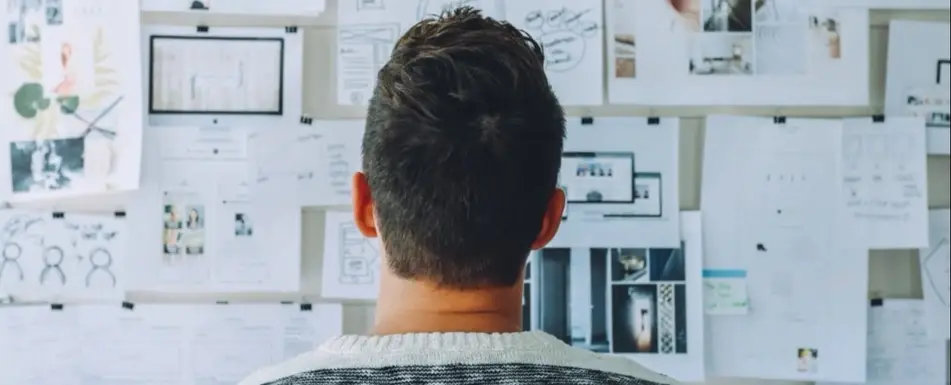Creative Thinking Methods | Beyond the SWOT Analysis, Part 1

If you’ve spent some time in the social-impact space, you know that creativity is a much needed skill. Whether we're figuring out how to solve difficult social problems, engaging multiple stakeholders in unique ways, or asking others to dedicate their financial resources to our cause—without the wherewithal to make decisions creatively, we’d be hopelessly stuck.
So yes, you’re creative. We all are! But being a creative individual and involving others in creative efforts are drastically different things. It’s time to become your organization’s creative thinking superstar. With this toolkit, when life gives you lemons, you’ll soon know how to think up a hundred kinds of lemonade.
Get to know divergent and convergent thinking
Before jumping into any creative effort, it’s important to know the two kinds of thinking that contribute to how we consider and weigh our ideas: divergent thinking and convergent thinking.
- Divergent thinking is about expansion, quantity of ideas, “anything goes,” and letting your imagination run wild. Techniques that support divergent thinking result in lots of ideas and questions to consider. This is what’s happening during a good brainstorming session.
- Convergent thinking is about refining, culling options, finding the right answer, and making a decision. Convergent thinking is what moves you from the “too many ideas” stage to selecting a single path forward.
Both divergent and convergent thinking have multiple benefits and a role to play in helping your team move forward creatively. Imagine divergent thinking as the technique that expands the universe of options so you know you’ve considered the problem in several different ways. Then convergent thinking helps you narrow those options to the single idea you’ll execute on.
Apply divergent thinking methods at work
Now that you know the benefits of divergent thinking, it’s time to try it out at work. Consider this example: on your own, in just 15 minutes, you can draw a Journey Map to better understand how your ideal user might interact with your service and what may pose a barrier to engagement. Your map might start with sketches that represent the following elements:
- User hears about the service from a friend.
- User does some research and finds 10 websites that seem promising. Clicks on four links before finding your organization’s website.
- User scrolls to the bottom of the page to find your program details, spends 30 seconds skimming the basics, and realizes the webpage is very complex.
- User gets confused by the website details and emails your staff to ask for help.
- Your staff responds quickly with helpful information that gets the user engaged immediately.
... and so on. Here, you may determine that the information on your website could be more clear and that contacting your staff directly is a better way to get someone engaged in your organization’s work. This may lead you to include chatbot functionality on your website so potential users can ask questions and have them answered by live staff. Looking at a situation in this way could be the key to uncovering improvements you could make to change the user’s experience.
If you want to brainstorm with a team, on the other hand, you could facilitate a structured game to help bring clarity to something that’s murky. An easy starting point is Edward de Bono’s Six Thinking Hats, which asks each person to take on a perspective, such as the optimist, the fact-finder, or the enforcer of the game rules.
Get to know your own creative style
Do you want to be seen as the one who always shuts down an idea? Probably not. Nor are you likely to want to be known as “the idea generator” without the chops to execute. Become savvy about when you use divergent and convergent thinking by practicing often. Start small, with your own projects or with a colleague with whom you work well. Test out the process of expanding the universe of ideas, then narrowing down, deciding, and executing. Assess where in the process you feel most comfortable and where it’s a stretch.
And when there’s no project on which to apply these skills, keep your mind primed for creativity by using your unstructured time for creative pursuits. Lean into boredom, free time, a daily walk, or the afternoon slump as places for open-minded thinking to flourish and you’ll soon find that you have both the mindset and the skills to become a creative thinking superstar.
Up next month: What to do with all of those ideas? We’ll spotlight convergent thinking techniques you can use with your team.
Did you enjoy this post? There's plenty more where this came from! Subscribe here for updates.
Liz S. Peintner is a leadership coach and consultant based in Denver, Colorado who has spent her entire career in the social impact field. She helps people to better understand what drives them so they can choose careers they love and ultimately make positive social impact in ways that speak to their talents and passions.


